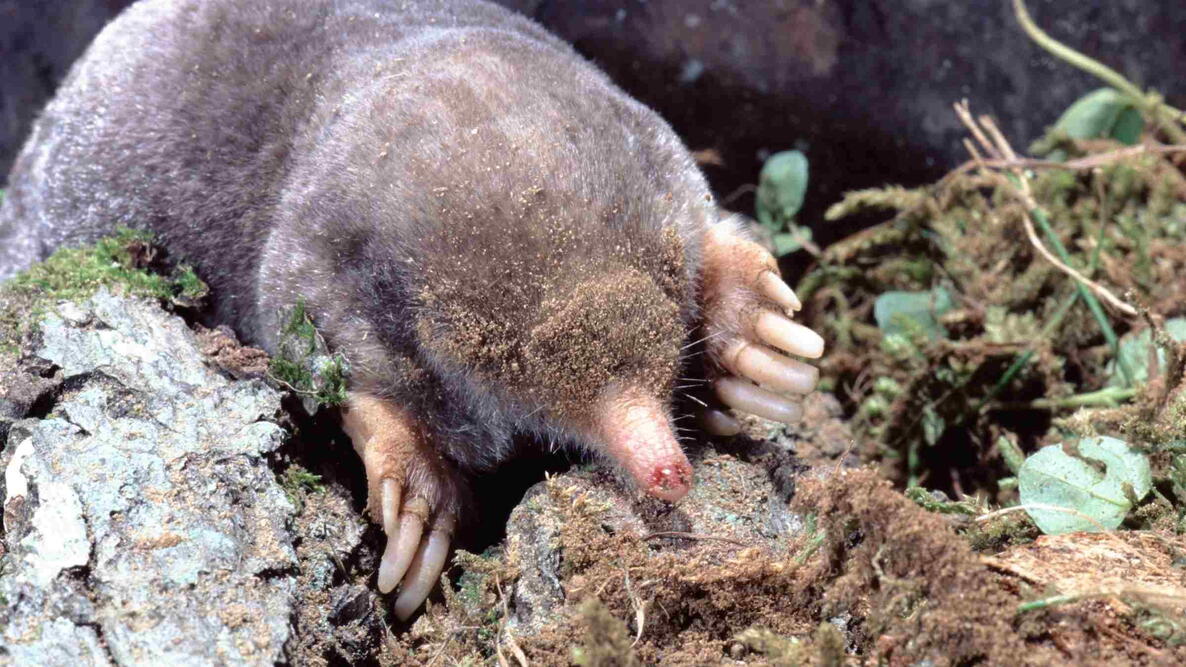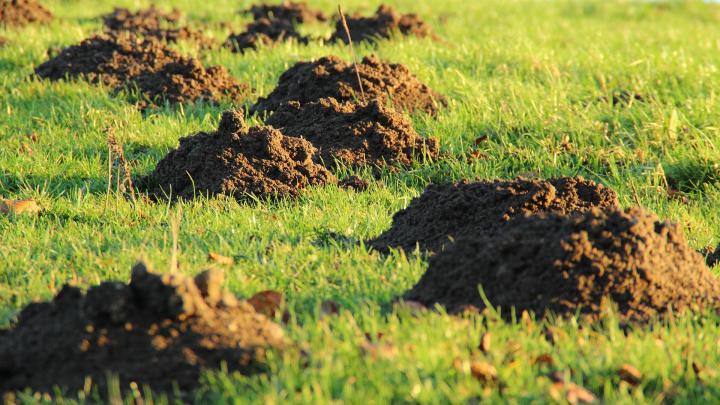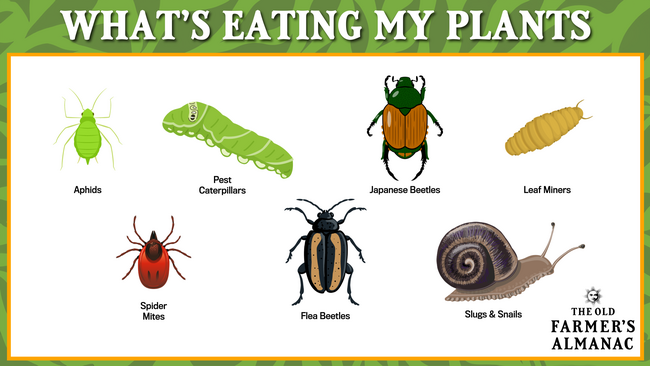
Caption
Moles can be a nuisance to the gardener because they dig up the soil. Here are tips for how to get rid of a mole.
Photo Credit
Liz Weber
Subhead
These underground diggers help eat pests—but their tunnels can be a nuisance. Here’s how to manage them kindly.
Read Next
Gardening Products
More Like This
I've been catching moles and shrew or voles with just regular mouse trap. No bait required. Just place trap in their path. In the past 2 weeks, I've gotten 2 moles and 6 shrews
I bought a large jug of cayenne (red) pepper at Amazon. I sprinkled it liberally over all the mounds including the ones in my neighbor's yard. They are gone. They appear to have moved to an open field across the road. So far so good.
Please don't release them in rural areas. We don't want anymore out here. I find a .22 works well when they are digging their mounds. Also a good cat will do wonders to the problem.
I just found a nest of baby moles in my yard. I’m not wanting to kill them…advice?
I juat found a small one on the sidewalk covered in ants. I got all the ants off of it and brought it home. I think it's dying. I feel sorry for the little creature. Not sure what to do.
Here is a good page on what to do if you find a baby animal.
I would put the baby voles in a box and relocate them (to the woods if no where else); you do not want to harm them Imo~
Hi RLambo,
In cases involving baby animals, there are many factors that could influence the best course of action. Our best advice is to contact an expert, who will be better able to judge how old the animals are and how best to help them. The following list, which is organized by state, may be a good starting place.
https://www.humanesociety.org/resources/how-find-wildlife-rehabilitator
From reading about voles and moles, I think I have a mole? Will Neiman oil work as a deterrent?
I had moles terrible. Tried everything mentioned to me plus products for sale.
They started this year and by Gid. I opened their fresh hole put fresh cat poop in both sides of his hole. It looked like an explosion. He was mad. Did it again and haven’t seen one since.
- « Previous
- 1
- 2
- …
- 10
- Next »












Comments